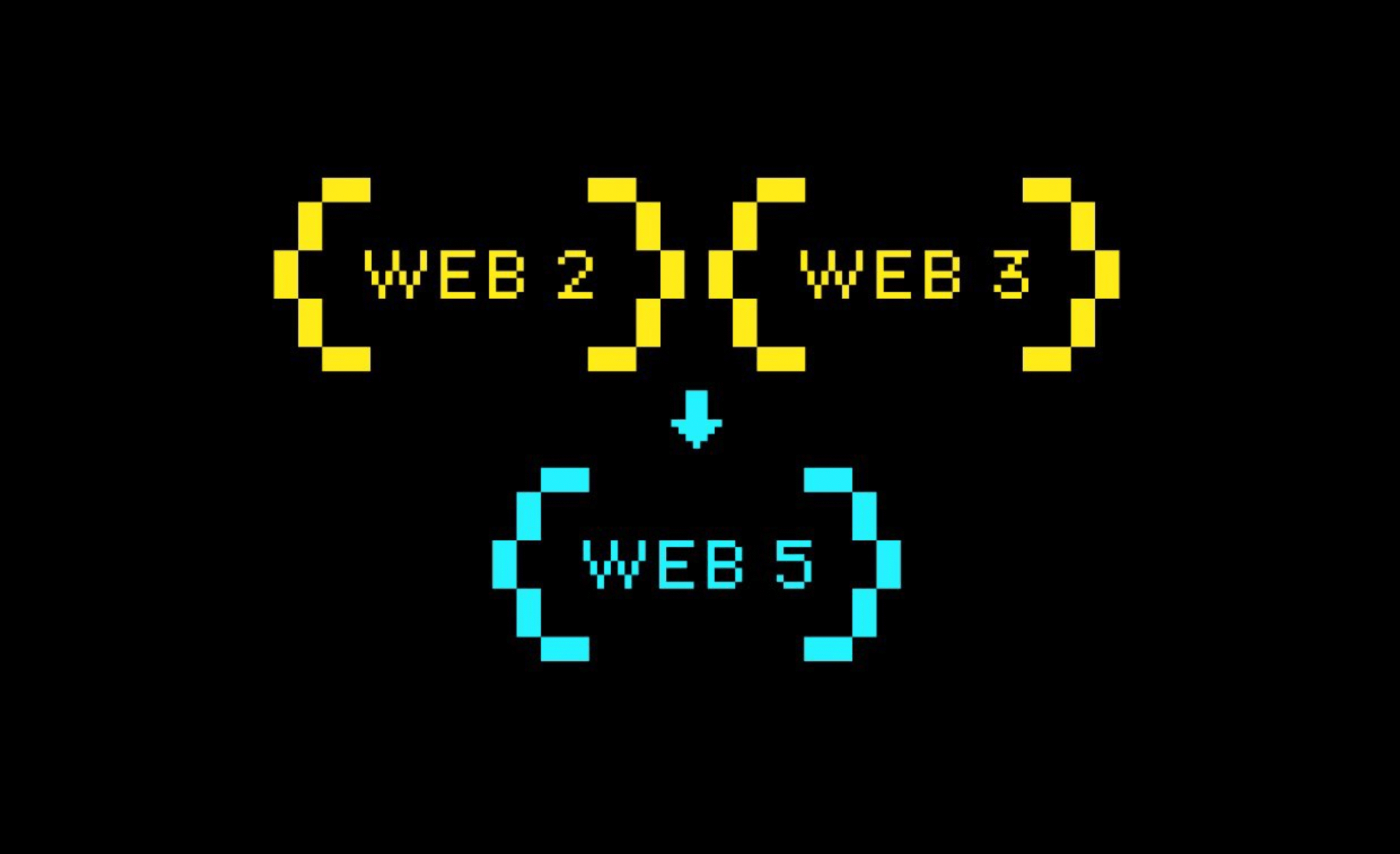The Evolution of Data Management with Decentralised Web Nodes
 Adekogbe Florish
Adekogbe FlorishTable of contents
- What is Web 5?
- Get to know about Decentralized Identifiers
- Decentralized Web Nodes(DWN): The Backbone of Web5
- Key Advantages of Decentralized Data Management
- Applications of Decentralized Data Management and Web5
- The Future of Decentralized Data Management
- Building a Decentralized Web5 Application
- Prerequisites
- Steps
- Summary

The internet has transformed the way we interact with information, ushering in unusual connectivity and access to knowledge. But still, the current centralized data management paradigm, where personal data resides on the servers of tech giants, has raised significant concerns regarding data privacy, security, and user control. To address these issues, the concept of Web5, the next evolutionary step of the internet, has emerged, proposing a decentralized approach to data management, empowered by decentralized web nodes (DWNs).
What is Web 5?
Web 5 is a decentralized platform that provides a new identity layer for the web to enable decentralized apps and protocols. In the current and most popular web model, users do not own their data. They are given accounts by companies and their data is held captive in app silos. To create a new class of decentralized applications that put individuals at the center, we must empower them with self-owned identity and restore control over their data.
Get to know about Decentralized Identifiers
An integral part of Web 5 is decentralized identifiers (DIDs). DIDs are self-owned identifiers that enable users to control their own data and identity. Compared to the existing model where users' data is typically stored by third-party companies, such as social media platforms and search engines, DIDs are based on open standards. They are not controlled by any single entity and this makes them more resistant to censorship and manipulation. DIDs also allow users to share their data with different applications and services without having to give up control of their data. For example, a user of DID, Bob can share his playlist on multiple applications like spotify, deezer, apple music easily without having to add each track manually. Also, to enable trusted transactions we have verifiable credentials which are another important component of Web 5. Verifiable credentials are a way to prove that you have certain qualifications or attributes. They are based on open standards and can be verified by anyone. This implies that two parties do not have to trust each other to interact and use one or the other’s services. Verifiable credentials can be used to prove your identity, your education, your employment history, and much more. This can make it easier to access services and opportunities online.
Decentralized Web Nodes(DWN): The Backbone of Web5
DWNs form the cornerstone of Web5, enabling secure, transparent, and user-centric data management. These nodes are basically computers that maintain a copy of a distributed record of transactions or data stored across multiple locations. This decentralized architecture eliminates the need for a single intermediary, like a large tech company, to control and manage data, empowering users to regain ownership and control over their information.
Key Advantages of Decentralized Data Management
This decentralized approach to data management offered by DWNs offers a lot of advantages, addressing the cons to the centralized approach:
Improved Security: DWNs' distributed nature and cryptographic security protocols make data breaches and unauthorized access significantly more difficult, ensuring the integrity and protection of user data.
Increased Privacy: Users retain ownership and control over their data, deciding who can access and use it. This eliminates the risk of data misuse and surveillance by centralized entities.
Trust: Every transaction or data change on the distributed ledger is visible to all participants, fostering transparency and trust in the system.
User Empowerment: Users have the ability to manage their data directly, making informed decisions about its use and sharing.
Applications of Decentralized Data Management and Web5
The potential applications of DWNs extend far beyond just data storage, encompassing a wide range of industries and use cases:
Decentralized Finance (DeFi): DWNs enable secure and transparent financial transactions, disrupting traditional financial systems and empowering users to control their finances among multiple applications
Travel Applications: Web 5 can help unify these various application experiences that are involved in traveling.
Music Applications: Nobody enjoys constantly building new music playlists for various apps. You wouldn't have to do that with Web 5. DWNs can securely store and manage playlists, enabling easy data sharing across multiple music apps with the use of the DID as the common identifier.
Identity Management: DWNs can provide secure and verifiable digital identities, empowering individuals to control their online identities and access services seamlessly.
The Future of Decentralized Data Management
Web5 is a major change in the way we interact with data online because of its decentralized approach to data management. As the foundation of Web5, DWNs have enormous potential to transform data management by empowering users, improving security, and promoting a more transparent and equal digital economy. DWNs will become more and more important in determining how the internet develops in the future as Web5 continues to advance.
Building a Decentralized Web5 Application
Let's go through a quick tutorial on how to build a decentralized Web5 application using the Web5 SDK. We'll learn how to create, read, update, and delete (CRUD) data from a user's personal data store.
Prerequisites
Node Package Manager (npm) should be installed and on your system's $PATH. Node version 18 and above
Steps
Create a Directory:
mkdir web5-app cd web5-app
Install Web5:
npm init -y npm install @web5/api
Create an index.js File:
touch index.js
Import Web5:
import { Web5 } from '@web5/api';
Instantiate Web5 and Create DID:
const { web5, did: aliceDid } = await Web5.connect();
Write DWN Records:
const { record } = await web5.dwn.records.create({ data: 'Hello, Web5!', message: { dataFormat: 'text/plain', }, });
Read DWN Records:
const readResult = await record.data.text();
Update DWN Records:
const updateResult = await record.update({ data: 'Hello, Web5! I am updated.', });
Summary
The emergence of decentralized web nodes marks a significant change in the perspective of data management, empowering individuals to reclaim control over their personal data and enabling a more secure, transparent, and equitable digital ecosystem. As Web5 continues to evolve, DWNs are poised to play an increasingly pivotal role in shaping the future of the internet.
Subscribe to my newsletter
Read articles from Adekogbe Florish directly inside your inbox. Subscribe to the newsletter, and don't miss out.
Written by

Adekogbe Florish
Adekogbe Florish
I am a Front-end developer and writer that loves working with data and researching.